Half-gallon sized canning jars are available, but they are not recommended for canning many foods. In fact, the only products recommended by the manufacturer to can include apple juice and grape juice ONLY in a boiling water bath canner.
There are no other research-tested processes for half-gallon jars. Boiling water processes for other foods for jars larger than those published with recipes (usually pints and/or quarts) cannot be extended by any formula to a larger jar.
Historical canning resources may reference the use of half-gallon jars. However, these are not currently accepted or endorsed by the USDA, Cooperative Extension, or U.S. canning jar manufacturers.
Learn more about recommended jars and lids from the National Center for Home Food Preservation and from Jar It Right! choosing and Using Canning Jars, North Central Food Safety Extension Network.

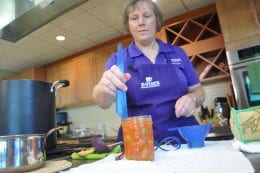
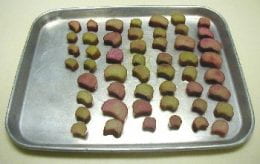
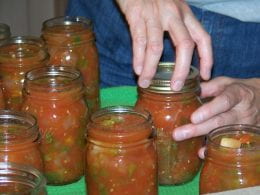
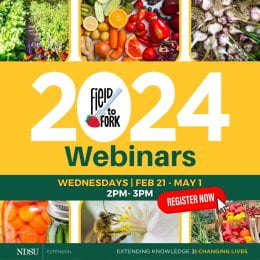 There’s still time to sign up for the
There’s still time to sign up for the 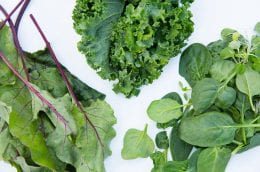
 Food preservation education is essential to preserving food safely. Using the most up-to-date recipes and methods can lead to success. The following K-State Research and Extension publications have been updated, and a few more will be available in the next few weeks. All of these will be translated into Spanish.
Food preservation education is essential to preserving food safely. Using the most up-to-date recipes and methods can lead to success. The following K-State Research and Extension publications have been updated, and a few more will be available in the next few weeks. All of these will be translated into Spanish.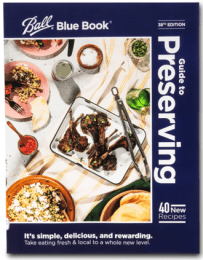 It has been a few years since the Ball® Blue Book® has been updated. The new 38th edition will be coming out this spring.
It has been a few years since the Ball® Blue Book® has been updated. The new 38th edition will be coming out this spring.